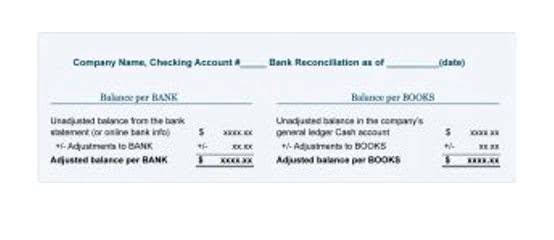
Therefore, while the scope of revenue is more narrow, the impact to retained earnings is much more far-reaching. Since net income is added to retained earnings each period, retained earnings directly affect shareholders’ equity. In turn, this affects metrics such retained earnings represents as return on equity (ROE), or the amount of profits made per dollar of book value. Once companies are earning a steady profit, it typically behooves them to pay out dividends to their shareholders to keep shareholder equity at a targeted level and ROE high.
- If you decide to reduce debt, you should prioritize which debts you’ll pay off.
- It also indicates that a company has more funds to reinvest back into the future growth of the business.
- The specific use of retained earnings depends on the company’s financial goals.
- It shows a business has consistently generated profits and retained a good portion of those earnings.
- Companies should adhere to these regulations to maintain their financial stability and legal compliance.
- The change in retained earnings in any period can be calculated by subtracting the dividends paid out in a period from the net income from a period.
- We’ll pair you with a bookkeeper to calculate your retained earnings for you so you’ll always be able to see where you’re at.
So, if a company pays out $1,000 in dividends, its retained earnings will decrease by that amount. The accountant will also consider any changes in the company’s net assets that are not included in profits or losses (i.e., adjustments for depreciation and other non-cash items). Once you consider all these elements, you can determine the retained earnings figure.
Everything You Need To Master Financial Modeling
A company would use retained earnings to reinvest its profits into the business for future growth and expansion. Retained earnings refer to the portion of a company’s total earnings that are not distributed as dividends to shareholders but retained and reinvested in the company. This can be a strategic decision made by a company to fund new projects, pay off debt, or acquire new assets. The company’s retained earnings account is a crucial component of its balance sheet, representing the cumulative retained profits over time.
The resultant number may be either positive or negative, depending upon the net income or loss generated by the company over time. Alternatively, the company paying large dividends that exceed the other figures can also lead to the retained earnings going negative. Revenue and retained earnings provide insights into a company’s financial performance. It reveals the “top line” of the company or the sales a company has made during the period.
Retained Earnings Calculation Example
Your company’s retention rate is the percentage of profits reinvested into the business. Multiplying that number by your company’s net income will give you the retained earnings balance for the period. A statement of retained earnings statement is a type of financial statement that shows the earnings the company has kept (i.e., retained) over a period of time. Another factor influencing retained earnings is the distribution of dividends to shareholders. When a company pays dividends, its retained earnings are reduced by the dividend payout amount.

If an investor is looking at December’s financial reporting, they’re only seeing December’s net income. But retained earnings provides a longer view of how your business has earned, saved, and invested since day one. Retained earnings provide a much clearer picture of your business’ financial health than net income can. If a potential investor is looking at your books, they’re most likely interested in your retained earnings. Retained are part of your total assets, though—so you’ll include them alongside your other liabilities if you use the equation above.
Retained Earnings Formula and Calculation
Let’s walk through an example of calculating Coca-Cola’s real 2022 retained earnings balance by using the figures in their actual financial statements. You can find these figures on Coca-Cola’s 10-K annual report listed on the sec.gov website. The level of retained earnings can guide businesses in making important investment decisions. If retained earnings are low, it may be wiser to hold onto the funds and use them as a financial cushion in case of unforeseen expenses or cash flow issues rather than distributing them as dividends. However, if both the net profit and retained earnings are substantial, it may be time to consider investing in expanding the business with new equipment, facilities, or other growth opportunities. Retained earnings can be used to assess a company’s financial strength.
That is the amount of residual net income that is not distributed as dividends but is reinvested or ‘ploughed back’ into the company. For example, during the period from September 2016 through September 2020, Apple Inc.’s (AAPL) stock price rose from around $28 to around $112 per share. During the same period, the total earnings per share (EPS) was $13.61, while the total dividend paid out by the company was $3.38 per share. In the long run, such initiatives may lead to better returns for the company shareholders instead of those gained from dividend payouts.

